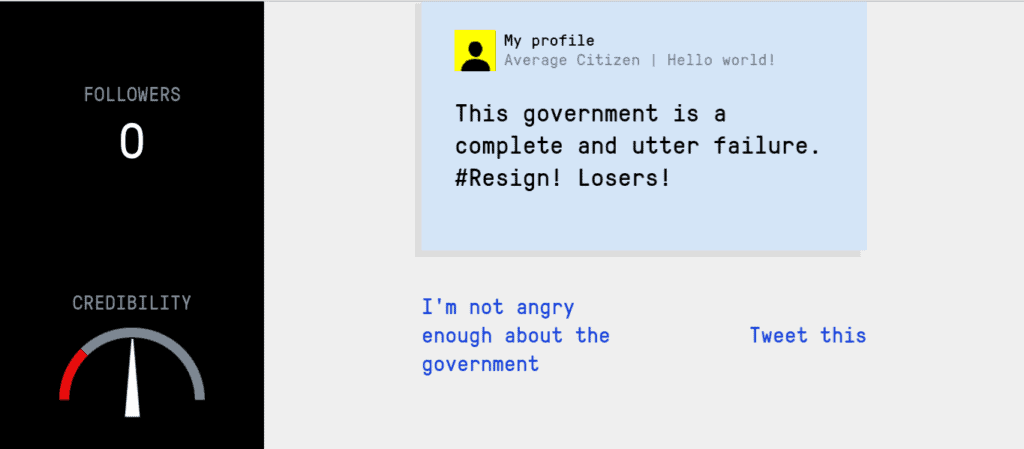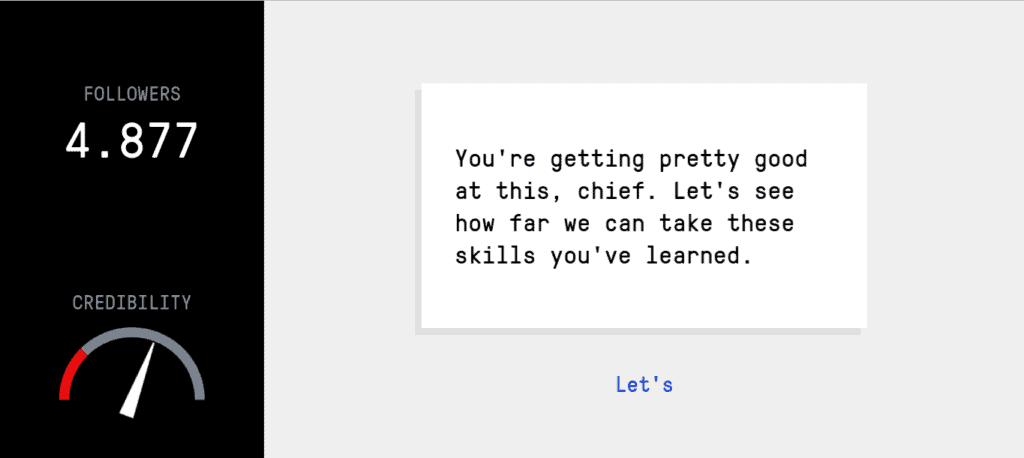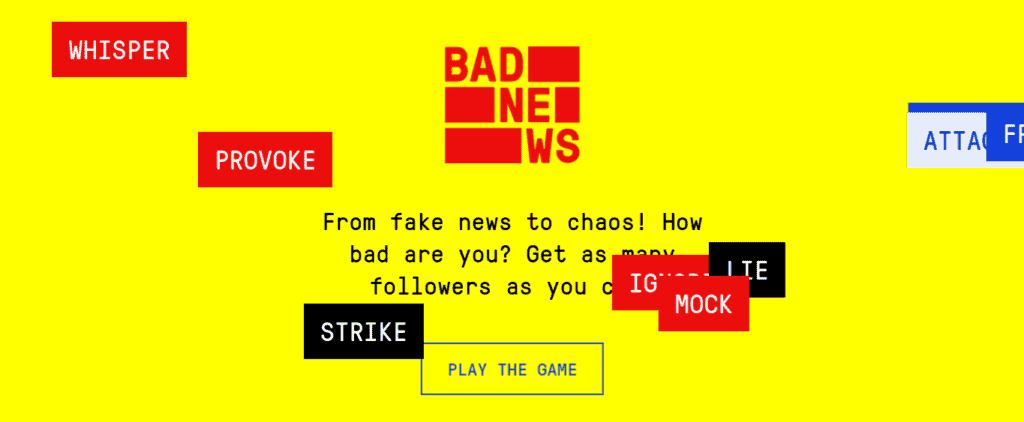A new game developed by Cambridge scientists lets us take the role of an aspiring propagandist — you decide how to manipulate the public, use a Twitter bot army, and create a loyal, misled following. The game is free to play online, it’s simple, fun, and best of all, it enables you to deal with propaganda when you actually encounter it.
Catchy lies
There’s a reason why people say we live in a post-truth world. If you’ve been keeping an eye on the news, you’ve probably seen stories of pro-Russian twitter bots, fake news, and the ever-present propaganda — and we fall for these more often than you think.
When President Trump was still a running candidate, a story went viral; the story said that the Pope endorses Trump and was picked up by 960 million Facebook users. A quick investigation revealed that the story was completely fake, and traced it back to a small town in Macedonia called Veles — where no less than 140 fake news sites are based. But the debunk didn’t reach half as many people as the original lie, and even if it did, the sows of doubt were already planted.
For the past few years, researchers have been frantically looking for a way to inoculate people against fake news. Now, Cambridge researchers have found a way to do that: by playing a game. I’ve played it a couple of times already. It’s fun, addictive, and extremely educative.
The fake news game

The game has you fill the shoes of an aspiring propaganda master. Choosing between several branching options, the game has the player stoke anger, mistrust, and fear in the public by manipulating digital news and social media. You start a website, create a loyal Twitter following (ahem, bots are welcome), and publish polarizing falsehoods. The goal is to create as many followers as possible while also maintaining a high “credibility” score.
But the real goal of the game is to understand how fake news works. The game takes advantage of a simple psychological trick: if someone tells you how something works, you might not want to take in the information. But if someone practically shows you the proverbial sausage factory, the inner workings of online misinformation, you’re much more likely to take it in. Better yet, the game is catchy, so you want to play it more and learn more.

In order to test how well it works, researchers conducted a pilot study with teenagers. They found that those who played the game were much less likely to be tricked by fake news. No one really wants to eat the sausage after you see how it’s done.
In psychology, this process is called inoculation.
A disinformation vaccine
Like a vaccine, psychological inoculation renders you immune (or almost immune) to the effects of fake news.
“A biological vaccine administers a small dose of the disease to build immunity. Similarly, inoculation theory suggests that exposure to a weak or demystified version of an argument makes it easier to refute when confronted with more persuasive claims,” says Dr. Sander van der Linden, Director of Cambridge University’s Social Decision-Making Lab.
“If you know what it is like to walk in the shoes of someone who is actively trying to deceive you, it should increase your ability to spot and resist the techniques of deceit. We want to help grow ‘mental antibodies’ that can provide some immunity against the rapid spread of misinformation.”
The game and the subsequent study drew from existing research on online disinformation, taking cues from actual conspiracy theories.
“You don’t have to be a master spin doctor to create effective disinformation. Anyone can start a site and artificially amplify it through twitter bots, for example. But recognising and resisting fake news doesn’t require a PhD in media studies either,” says Jon Roozenbeek, a researcher from Cambridge’s Department of Slavonic Studies and one of the game’s designers.
“We aren’t trying to drastically change behavior, but instead trigger a simple thought process to help foster critical and informed news consumption.”
The study, The Fake News Game: Actively Inoculating Against the Risk of Misinformation, has been at the Journal of Risk Research. You can read it in full, for free.







